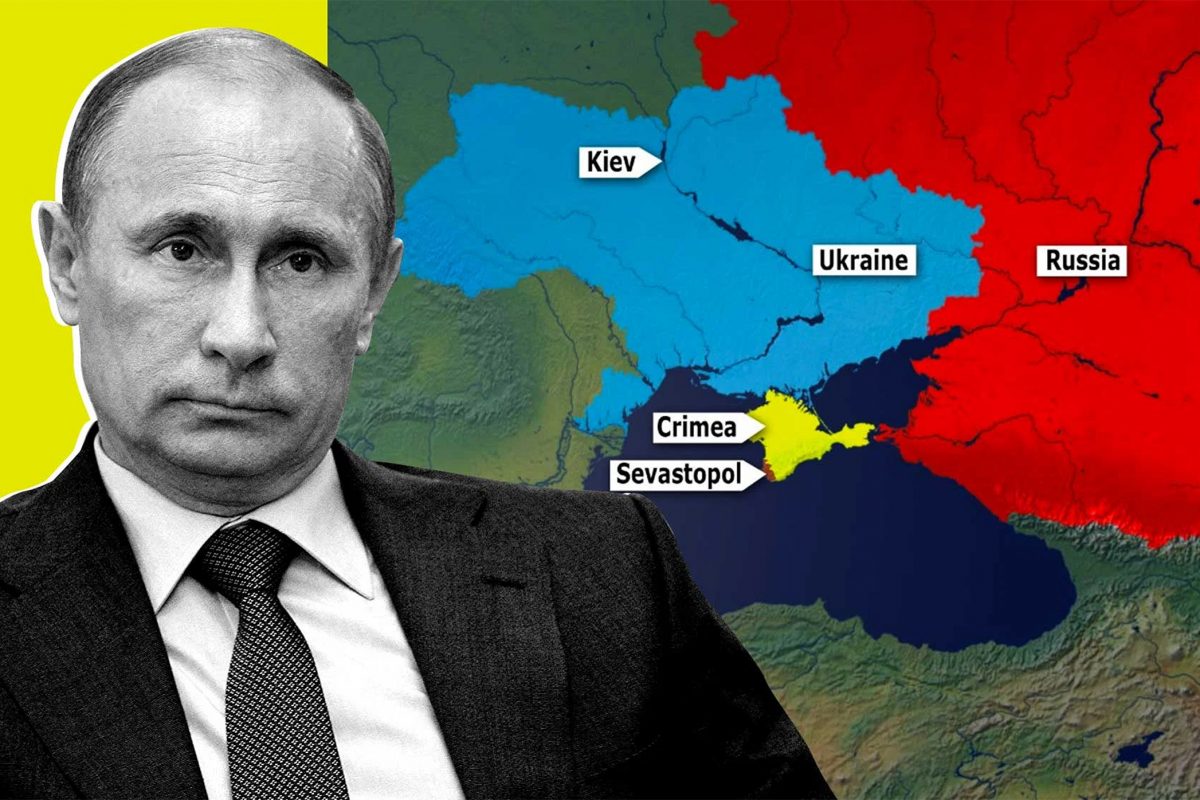By Mozzimal Hussain
Before the industrial revolution, China accounted for over half of the worlds production as a result, it paid little interest in importing goods produced in the west. So much so that to balance the trade deficit between the two the nascent British Empire fought a war to open up china to the import of opium.[1] The industrial revolution changed this and European industrialised production far outstripped china and the centre of economic power moved West.[2] The 21st century has witnessed a dramatic reversal of fortunes, and now china is second only to the US in terms of GDP and has emerged as the centre of production for manufactured goods in the world.[3] Moreover the region as a whole which includes Japan and south Korea has witnessed a dramatic increase in economic activity over the previous 25 years and is fast emerging as the economic fulcrum upon which the world pivots. With rapid economic development comes an increased need for energy, so much so that East Asia is predicted to become the world’s premier energy consumer in the near future. [4]
In this context we find the historic deal reached between China and Russia for the export of $400 billion worth of gas from the Russian Far East to China over a period of 30 years. This deal has been on the table for ten years and only came to fruition by the direct intervention of the Russian president Vladimir Putin. Upon closer examination of the details of this agreement, it becomes clear that the Russians has made significant concessions to their Chinese counterparts to clinch this deal, [5] so much so that Russia gave significant sweeteners to clinch the deal and secure strategic interests rather than a purely economic transaction.
One of the major concession made by the Russians was the price, gas exported to Europe generally commands at least $380 per thousand cubic meters, since 2013, but China will only pay $350 per thousand cubic meters, which is much closer to the $340 per thousand cubic meters offered by china than the $400 demanded by Gazprom. This low price comes at a significant cost to the Russian exchequer, to give Gazprom room to manoeuvre, exports of gas to China will be exempt from resource extraction tax. 6 In addition to the low price the colossal amount needed – estimated to be around $55 billion, to construct the pipeline in some of the most inhospitable environments in the world makes the deal less lucrative for the Russians than first envisaged.[7]
Furthermore an informal ban on foreign ownership of strategic assets was also relaxed allowing Chinese companies to participate in the construction and more importantly ownership of the assets needed to complete this deal, and bearing in mind that this particular pipeline will serve both South Korea and Japan and will attract significant royalties for its owners means this is a major concession by the Russians. [8]
There are several factors that pushed Russia to agree to a less than optimal agreement for one of its most strategic natural resources.
Firstly, the conflict in Ukraine has again exposed the Achilles heal of the Russian economy. Russian exports of Natural gas to its primary markets relies upon a network of pipelines traversing eastern European states, [9] to whom she is forced to supply gas at less than market rates in order that Russian gas can reach more lucrative western markets. For example Ukraine paid $285 per thousand cubic meters whilst the average price paid by western European nations is about $385. [10]
Secondly, the current crisis in Ukraine has made it abundantly clear upon the Russian establishment that it is overly dependent on exports to western Europe for its gas. The strategic interests of Russia and the West are diverging, which leaves Russia dangerously exposed to economic embargoes, and sanctions initiated by US or western European states, together with the stated aims of Western European states to diversify supplies away from Russia. China is perceived as a much more dependable market and resilient to US pressure as it generally refuses to take sides in international disputes. [11]
Thirdly, the world gas market is rapidly evolving into a globalised industry similar to the world oil market. Innovation in Liquefied Natural Gas (LNG) is threatening to transform the market from a predominantly piped supply to a much more dynamic and flexible tanker based supply model. The main beneficiary of this transformation is considered to be the US, where an abundance of shale gas is driving down price and transforming the US from a net consumer to a net exporter of gas. East Asian dependence on US gas will significantly reduce Russian influence in the region, as the required infrastructure for the import and distribution of LNG is not in place, this agreement is an attempt to forestall development of the infrastructure and make it economically unviable. [12]
Fourthly, china has the world’s largest reserves of shale gas, which it is rapidly developing as a sizeable contributor to its energy needs. Production increased from 30 million cubic meters in 2012 to over 200 million cubic meters in 2013, which is a six fold increase. The process of extracting gas from shale is more complex and costly than extracting by more conventional means, hence the Russians assume that cheaper supplies of gas from Russia will eliminate the threat posed by Chinese domestic Shale production. [13]
In conclusion we find that the Russian and Chinese gas deal should not be seen as purely as an economic transaction but should be seen as an attempt by Russia to safeguard its long term strategic and economic interests.
1.Gray, Jack (2002). Rebellions and Revolutions: China from the 1800s to 2000. Short Oxford History of the Modern World. New York: Oxford University Press. ISBN 978-0-19-870069-2.
2.http://www.thewashingtonreview.org/articles/industrial-revolution-and-the-great.html
4.http://www.eastwestcenter.org/fileadmin/stored/pdfs/asiaenergyfuture04energydilemma.pdf
5.http://www.theguardian.com/world/2014/may/21/russia-30-year-400bn-gas-deal-china
6.ibid
7.http://www.marketoracle.co.uk/Article45890.html
8.http://www.sldinfo.com/beijings-and-moscows-natural-gas-breakthrough-expands-energy-partnership/
9.http://www.eegas.com/maps.htm
10.http://en.wikipedia.org/wiki/Russia%E2%80%93Ukraine_gas_disputes
11.http://oilprice.com/Energy/Energy-General/CNPC-deal-becomes-Russias-gateway-to-Asian-gas-market.html




